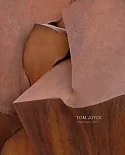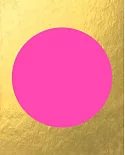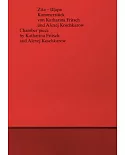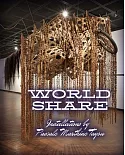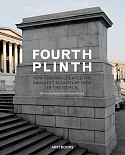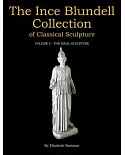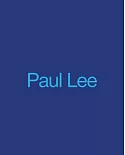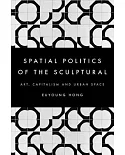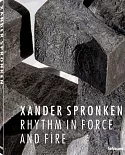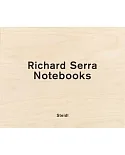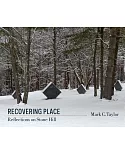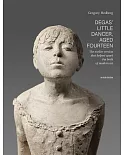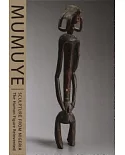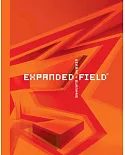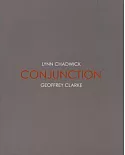The art of Spain and Spanish America during the 17th century is overwhelmingly religious—it was intended to arouse wonder, devotion, and identification. Its forms and meanings are
inextricably linked to the beliefs and religious practices of the people for whom it was made. In this groundbreaking book, scholars of art and religion look at new ways to understand the
reception of use of these images in the practice of belief. As a result, the book argues for a fundamental reappraisal of the cultural role of the Church based on an analysis of the
specific devotional and ritual contexts of Spanish art.
Handsomely illustrated essays discuss paintings, polychrome sculptures, metalwork, and books. They call attention to the paradoxical nature of the most characteristic visual forms of
Spanish Catholicism: material richness and external display as expressions of internal spirituality, strict doctrinal orthodoxy accompanied by artistic expression of surprising
unconventionality, the calculated social projection of new devotional themes, and the divergence of popular religious practices from officially prescribed ones.


